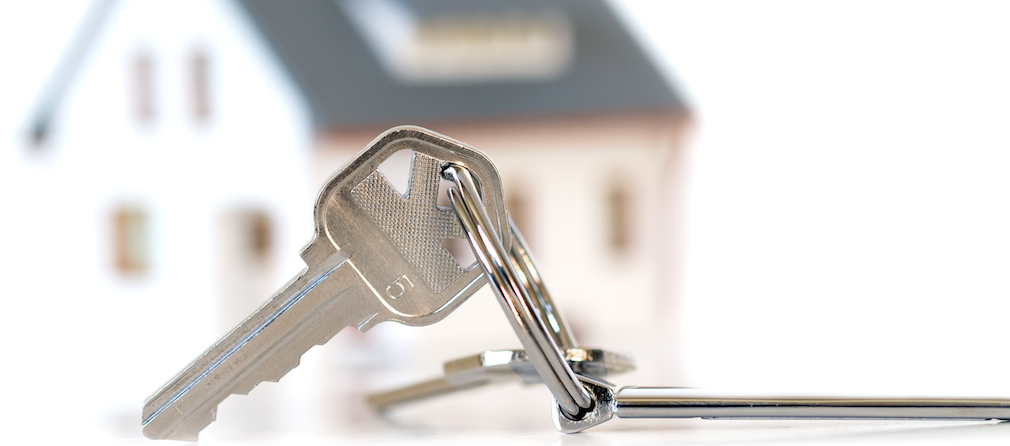Existing home sales decreased in January, seeing the largest annual decline in more than three years, according to the latest release from the National Association of Realtors.
Total existing home sales, completed transactions that include single-family homes, townhomes, condominiums and co-ops, decreased 3.2% in January to a seasonally adjusted annual rate of 5.38 million, down from a downwardly revised 5.56 million in December. Sales are now down 4.8% from last year, representing the largest annual decline since August 2014 and the slowest pace since September’s 5.37 million.
“The utter lack of sufficient housing supply and its influence on higher home prices muted overall sales activity in much of the U.S. last month,” NAR Chief Economist Lawrence Yun said.
“While the good news is that Realtors in most areas are saying buyer traffic is even stronger than the beginning of last year, sales failed to follow course and far lagged last January’s pace,” Yun said. “It’s very clear that too many markets right now are becoming less affordable and desperately need more new listings to calm the speedy price growth.”
The median existing home price for all housing types in January was $240,500, up 5.8% from January 2017’s $227,300. This marks the 71st straight month of annual gains.
Total housing inventory at the end of January increased 4.1% to 1.52 million existing homes available for sale, however, this is still down 9.5% from the year before, and has fallen annually for 32 consecutive months. Unsold inventory now stands at a 3.4-month supply at the current sales pace, down from 3.6 months last year.
“Another month of solid price gains underlines this ongoing trend of strong demand and weak supply,” Yun said. “The underproduction of single-family homes over the last decade has played a predominant role in the current inventory crisis that is weighing on affordability.”
“However, there’s hope that the tide is finally turning,” he said. “There was a nice jump in new home construction in January and homebuilder confidence is high. These two factors will hopefully lay the foundation for the building industry to meaningfully ramp up production as this year progresses.”
First-time homebuyers decreased to 29% of home sales in January, down from 32% in December and down from 33% a year ago.
“The gradual uptick in wages over the last few months is a promising development for the housing market, but there’s risk these income gains could be offset by the recent jump in mortgage rates,” Yun said. “That is why the pace of added new and existing supply in the months ahead is worth monitoring. If inventory conditions can improve enough to cool the swift price growth in several markets, most prospective buyers should be able to absorb the higher borrowing costs.”
Properties typically stayed on the market for 42 days in January, up from 40 days in December but down from last year’s 50 days. About 43% of homes sold in January were on the market for less than a month.





